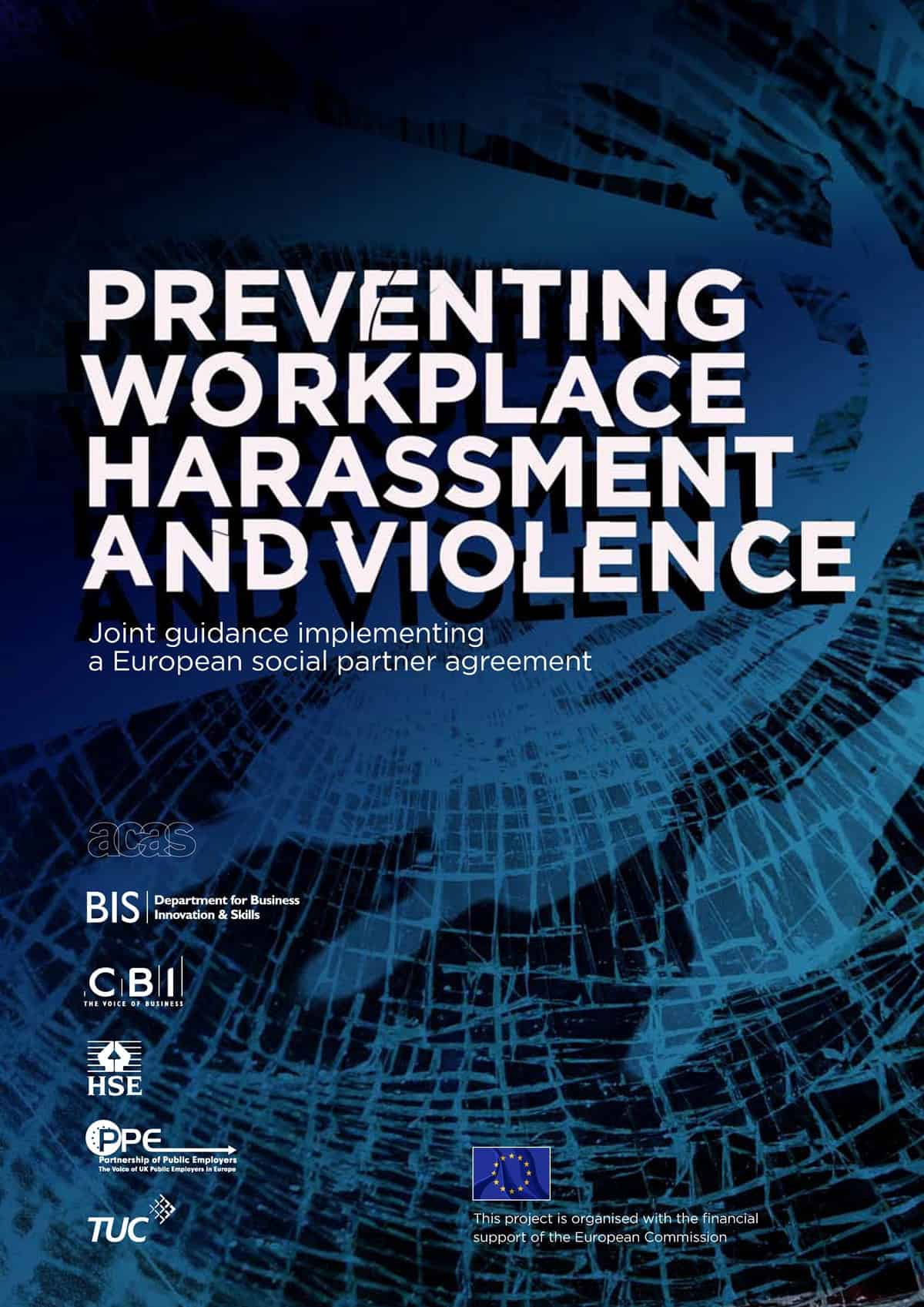On 28 January 2010, three men walked away from the helicopter that crashed in Northern New South Wales on the lip of a 1,000 metre cliff. The Australian media covered it fairly extensively. What is curious about this air crash is that there is no government investigation into the possible cause of the crash.
OHS professionals advocate the inclusion of “near misses” in any investigation program so such a lack of interest seems peculiar.
One media report said that both the Civil Aviation Safety Authority (CASA) and Workplace Health and Safety Queensland (WHSQ) will not be investigating. (The company that owned the helicopter is in Queensland). Continue reading “Near miss but no government action”

